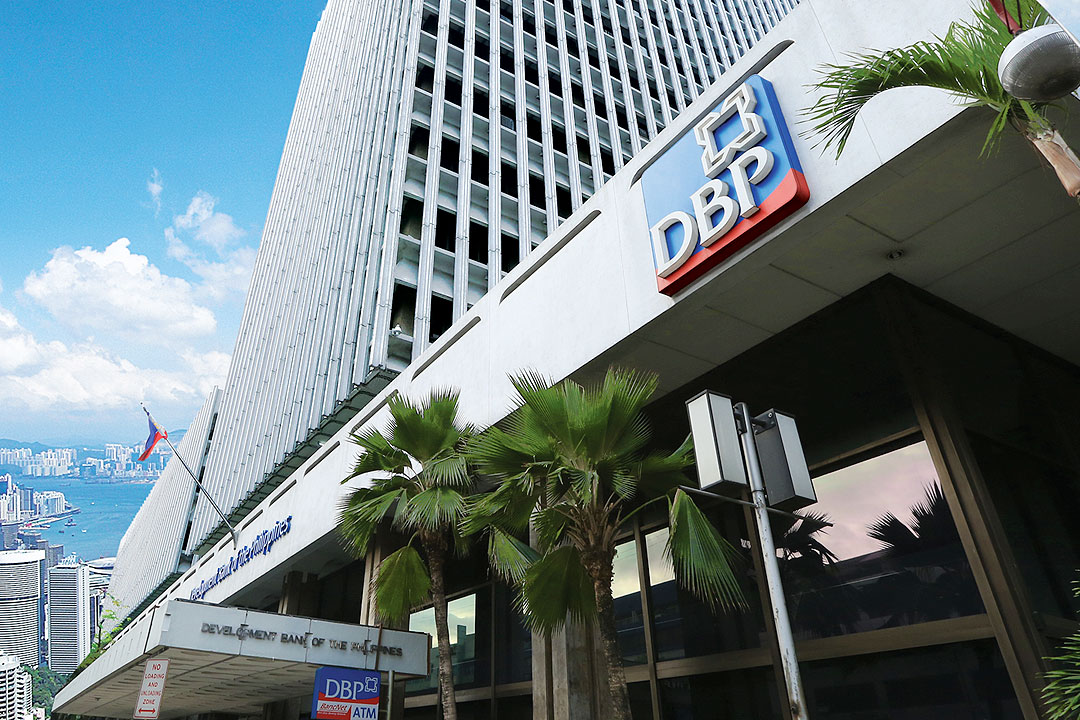DBP seeks return of P25-B contribution to Maharlika fund

By Luisa Maria Jacinta C. Jocson, Reporter
THE DEVELOPMENT BANK of the Philippines (DBP) is seeking the return of its P25-billion contribution to the Maharlika Investment Fund (MIF) until the suspension of the law’s implementing rules and regulations (IRR) is officially lifted.
“We’ve formally requested that the funds could be returned. We just wrote a formal letter asking (for the return of the funds). It’s only proper we have to do that. We don’t know how long the suspension is,” DBP President and Chief Executive Officer Michael O. de Jesus told BusinessWorld on the sidelines of an event on Monday.
Mr. De Jesus said that the request was filed with the Bureau of the Treasury (BTr).
President Ferdinand R. Marcos, Jr. in October ordered the suspension of the Maharlika Investment Fund Act’s implementing rules to improve its organization structure and make it as close to “perfect and ideal as possible.”
Under Republic Act No. 11954, the DBP and the Land Bank of the Philippines (LANDBANK) are mandated to contribute P25 billion and P50 billion, respectively, as the initial seed capital for the MIF. The two state lenders have remitted the funds to the BTr in September.
On Monday, Mr. Marcos said the review of the IRR has been finalized. No other details were provided.
National Economic and Development Authority (NEDA) Secretary Arsenio M. Balisacan said that the final version of the IRR will be released by the BTr.
“There’s an IRR committee that has the Bureau of the Treasury assisted by (and) in consultation with other agencies. It’s not the President who issues the IRR, it’s the Treasury as stipulated by the law,” he told reporters on the sidelines of a conference on Tuesday.
As soon as the suspension is lifted, DBP’s Mr. De Jesus said the bank could remit its contribution again. However, he said it would be better if the bank’s contribution could be provided only when it is needed.
“Ideally, it could have been given as an as-needed basis. That’s how private equity works. When there’s actually an investment, that’s when you send the money. Even the corporation hasn’t been set up, they still have to form the board. Even in that set up, they still have to look for investments,” Mr. De Jesus said.
Mr. De Jesus suggested the state banks provide the funds for the MIF on a staggered basis instead of remitting the entire P25-billion amount immediately.
“That will help both the LANDBANK and DBP,” he added.
In a separate statement on Tuesday, the Foundation for Economic Freedom (FEF) also recommended DBP and LANDBANK make their contributions to the MIF be done in phases, “depending on the number of financially viable projects as determined by the MIF Board.”
“A lump sum capital contribution would likely be idle and unproductive since it would take the MIF several years to organize, identify, and vet the projects worthy of investment,” the FEF said.
With this option, the FEF said state banks would be able to continue extending loans to priority sectors.
“The lump sum contributions of DBP and LANDBANK will be charged against its capital in their balance sheets and constrain their ability to extend loans. On the other hand, a phased-in contribution will allow the government financial institutions (GFIs) to continue to extend loans, build up their profitability, and further boost their capital,” it said.
“Furthermore, a phased-in capital contribution may help the GFIs avoid a credit rating downgrade, which will affect the cost of its borrowings,” it added.
This would also help ensure the financial stability of the state lenders and “avoid establishing an unwelcome precedent that may cause harm to the entire financial industry in the long run.”
The LANDBANK and DBP have sought regulatory relief from the Bangko Sentral ng Pilipinas (BSP) after making their contributions to the MIF.
BSP Governor Eli M. Remolona, Jr. earlier noted that the banks’ contributions put them at risk of being noncompliant with regulatory requirements.
Ateneo de Manila economics professor Leonardo A. Lanzona said that the revised IRR should address transparency concerns.
“The MIF remains shrouded in mystery while the funds are all public resources. If there is no transparency, how can we know if the money is used properly or if the money coming to the fund is legal?” he said via Facebook Messenger.
The government earlier said that the Maharlika fund was expected to be operational by yearend, with market activities to begin by the first quarter of 2024.



